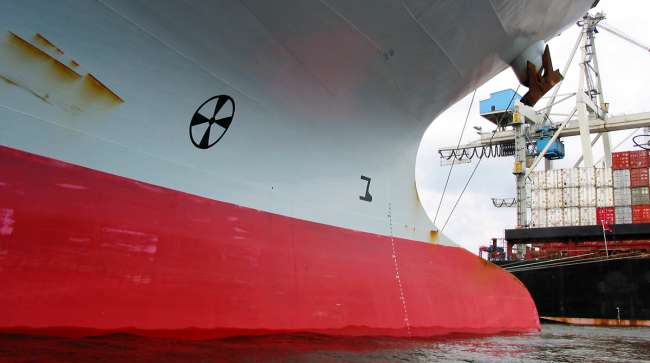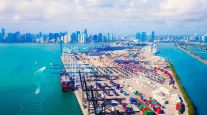Frothy Cargo Market Spurs Vessel Owners to Flip Ships

[Stay on top of transportation news: Get TTNews in your inbox.]
Flip this ship.
That’s exactly what some containership owners are opting to do, capitalizing on a hot ocean freight market that shows few signs of cooling off.
International Maritime Enterprises, based in Monaco, agreed to sell the containership Crete I for $46 million, more than four times the $11 million price tag it spent for the 12-year-old vessel in November 2016, TradeWinds reported March 3, citing industry brokers.
Such returns on second-hand ships are an extension of a seaborne cargo market that’s running full steam, spurring sales of new ships after years of declines and boosting charter activity to the strongest level in more than a decade.

Mergers and acquisitions have reshaped the trucking technology sector over the past decade, but what does this trend mean for the trucking and logistics companies that rely on these technologies? Seth Clevenger speaks with James Langley of Trimble Transportation. Hear a snippet, above, and get the full program by going to RoadSigns.TTNews.com.
As a result, containerships are a fast-appreciating asset. A 10-year-old vessel able to move 6,600 steel boxes is fetching $41 million, according to data from Clarkson Research Services Ltd., a unit of the world’s largest shipbroker. That’s close to double the year-earlier level and compares with a low of $9.5 million back in 2016.
“The recent price increases have happened far more quickly than previous sales and purchase cycles,” Clarkson Research Managing Director Stephen Gordon said. “Recent prices trends for 10-year-old vessels have more than doubled in less than six months, whereas in 2016-17 and 2004-05 it took nearly 18 months for similar percentage price increases.”
February marked the second-highest activity on record for transactions measured in ship container capacity, he said.
Global trade surged in the latter half of last year as COVID-19 saw people buying more goods because they couldn’t spend as much on travel, entertainment or dining out. Typically, there’s a lull in the demand for products shipped across oceans after the Lunar New Year celebrated in Asia. But with travel restrictions still in place in many countries, that’s kept air-cargo capacity tight, which in turn forces more freight on the high seas.
Want more news? Listen to today's daily briefing below or go here for more info:




